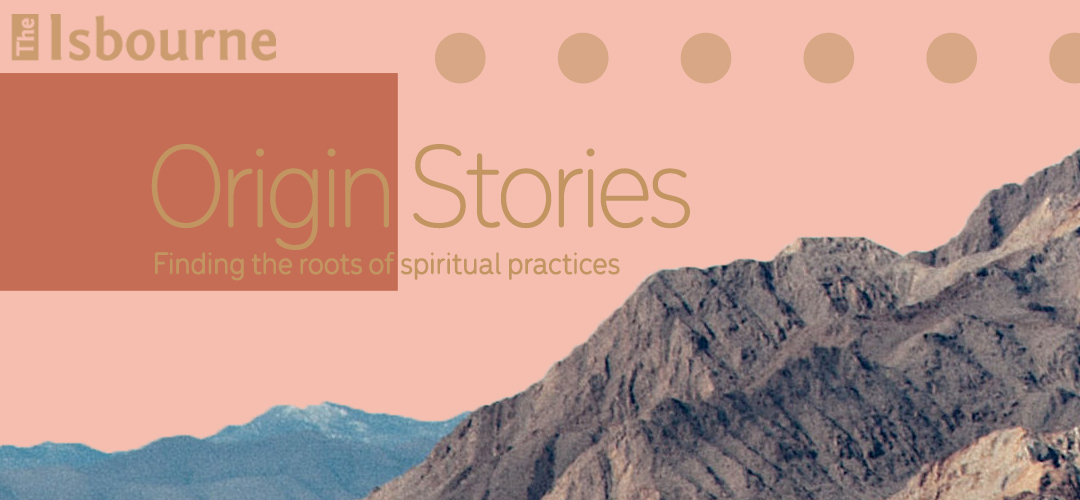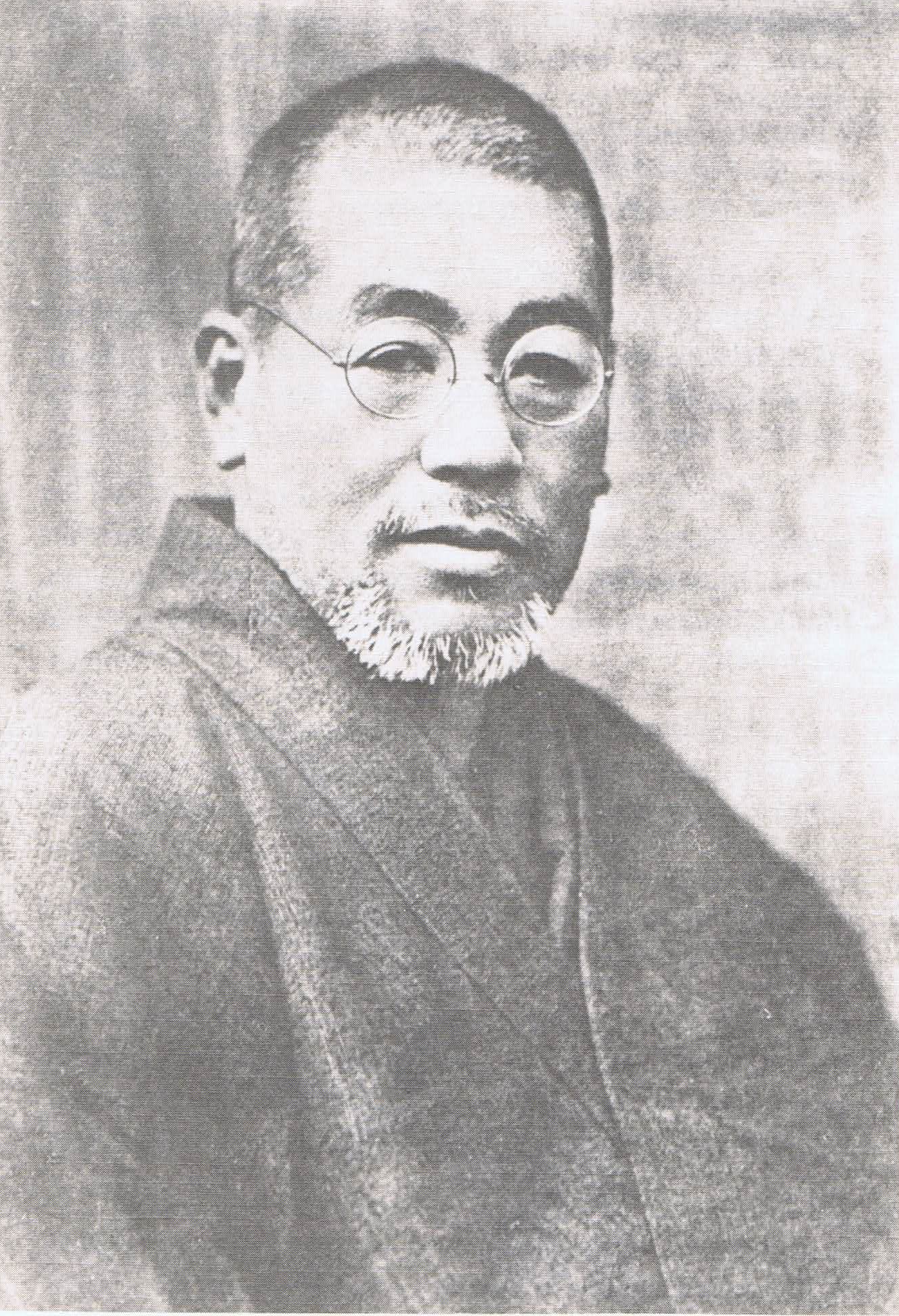Origin Stories: Reiki
October 15th, 2020
Reiki has been around for thousands of years, maybe since the beginning of time. It’s an ancient healing modality that dates back 2,500 years. With its roots in India, it made its way through Tibet and China until it was rediscovered in Japan. Simply put, Reiki is a form of energy therapy transferred from the palms of the practitioner’s hands to their patients. Advocates say it works with energy fields around the body and, in fact, any system that makes use of energy as a tool of healing can be arguably called Reiki.

The practice of Reiki became more well-known through Dr Mikao Usui (1865-1926) from Japan in the early 1900’s. Dr Usui was a Japanese born Buddhist monk who, at the later end of his life, was passionate about discovering his life’s purpose. Dr Usui’s studies led him to understand that there was a special state called An-shin Ritus–mel (pronounced ‘on sheen dit sue may’) where one was at perfect peace and that from this place of peace one’s life purpose could be revealed. The story goes that Dr Usui’s quest took him to many different countries in Europe and America. Finally, in 1922 he travelled to the holy mountain of Kori Yana in Japan where he undertook a 21 day fasting and meditation regime in order to attain a higher altered state of consciousness. He believed that such a state would give him healing energy.
On the morning of the 21st day Dr Usui became deeply frustrated that his hard work had not born fruit. As he was about to leave, Dr Usui described how he felt a great spiritual energy radiate down from above and entered through the top of his head – and so he became enlightened.
Dr Usui quickly decided that he had to use his knowledge and healing power to help others, so moved from his monastery to the slums of Koyoto where he dedicated his time helping the poor and unwell. He also established an institute to teach others how to use Reiki.
It is much better to give the power widely to a lot of people in the world and enjoy it among them than to keep it exclusively by his family members.
Dr Mikao Usui
Although Dr Usui was not the only Reiki practitioner in Japan (there were 4 other schools around the same time) his methods became the most well-known and sought after. After the 1923 earthquake which devastated Tokyo and killed over 140,000 people, Dr Usui and his dedicated students set up a clinic to offer support and healing. Soon the clinic became too small to handle the throngs of people who needed help, so another clinic was set up outside Tokyo. People travelled from all across Japan to experience Dr Usui’s Reiki healing. As his fame spread so he was asked to teach. Dr Usui trained over 2000 people, 22 of which were said to have reached the prestigious teacher level. Many of them set up schools and institutes of their own teaching the Reiki method of Mikao Usui and by the 1940’s there were over 40 Reiki schools in Japan, most of whom taught the Usui method.

Reiki came to the West via a student of Dr Usui called Dr Chujiro Hayashi (1880-1940) who attuned some of the Reiki methods he learnt through Dr Usui. He in turn taught a young Hawaiian woman called Mrs Hawayo Takata (1900-1980) who had returned to Japan to visit her family after a bereavement. Her health became poor and she was due an operation but on the advice of her doctor she visited Dr Hayashi. Mrs Takata received Reiki from Dr Hayashi every day for four months and, remarkably, was able to cure her meaning she no longer needed the operation.
Mrs Takata decided to train under Dr. Hayashi and held many Reiki clinics in Hawaii. Eventually in 1973 she brought Reiki to the United States. Mrs Takata is credited with bringing Reiki out of Japan and to a worldwide audience. However it is argued that in order for Reiki to be more acceptable to Westerners she adapted the story of Dr Usui to make it more palatable. She was attempting to use and teach Reiki in America just after the Second World War when many were suspicious of Eastern healing methods, especially those that came from Japan. So, her story of the beginnings of Reiki had Dr Usui as a Christian doctor which is not correct.

There is a lot of controversy surrounding Mrs Takata and her methods which continues to cause a stir within the Reiki community. Firstly, Mrs Takata appointed herself the title of Grand Master, a level of Reiki master never before seen before. Not even Dr Usui himself was appointed Grand Master, instead he created the Reiki Master level which was very much attainable and no person was above another. Many saw this self-appointment as a way to create elitism within the craft, which was further speculated when you look into how much Mrs Takata would charge for her courses. In the 1970s, to train under Mrs Takata would set you back several hundred US dollars, but if you were selected to train as a Reiki Master you would be looking at paying around $10,000.
Considering the roots of Reiki were to heal the poor and sick, Mrs Takata’s approach, coupled with her white-washing of Dr. Usui to suit a xenophobic audience, have been widely criticised.
However, if it were not for her, Reiki may not have been seen in the Western world at all. Her dedication to spreading the message has meant Reiki is not only available today, but accepted as a legitimate form of alternative medicine. Plus, Mrs Takata’s connection to the Christian faith has meant many new forms of Reiki have appeared, incorporating other forms of spiritual practice. From Angel Reiki to Crystal Reiki, Holy Fire Reiki and Chakra Systems, Reiki has taken on many new forms that help to widen its appeal.

Due to the immediacy of our current world, training to become a Reiki practitioner couldn’t be easier. Many websites claim to be able to train you in a matter of days, some even a matter of hours. Our addiction to instant gratification has meant that ancient practices are being commodified. What would Dr Usui think of our online Reiki courses now? Our desire to master things quickly comes at the expense of a deeper and more authentic understanding of the practice.
As Reiki becomes ever more popular it’s important to understand where it began. With so many different types, choosing the best therapy for you can feel overwhelming. As long as there is the understanding that Reiki is transference of energy and you are able to feel healing benefits, then the route you decide to take within your Reiki practice is entirely up to you.
Learn more about Reiki through our courses and classes at www.isbourne.org


